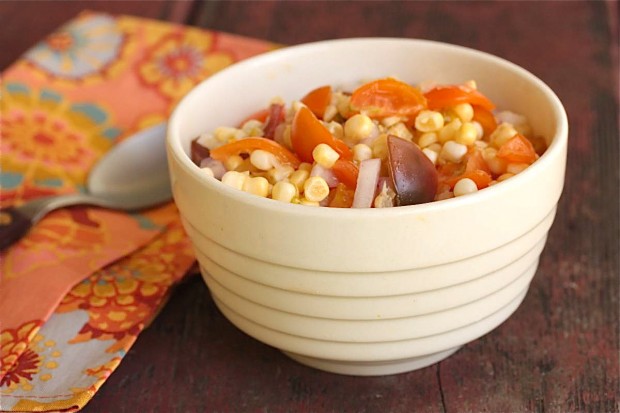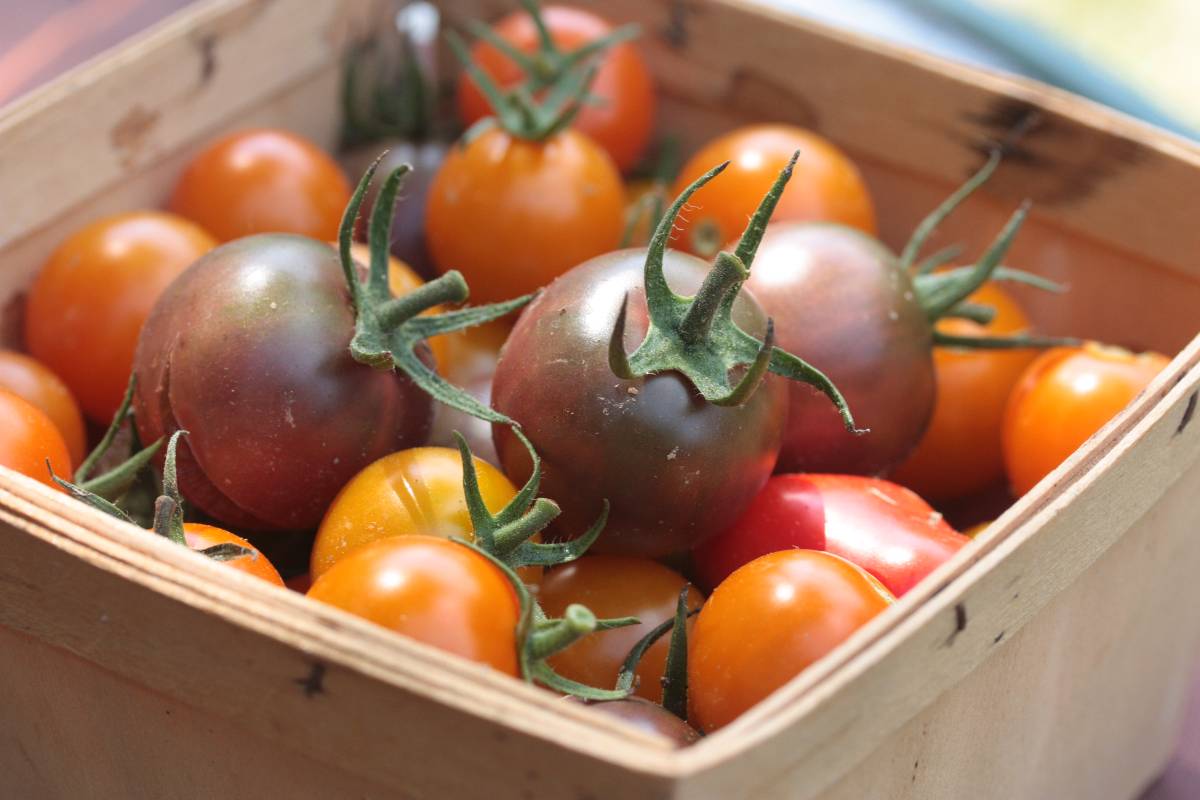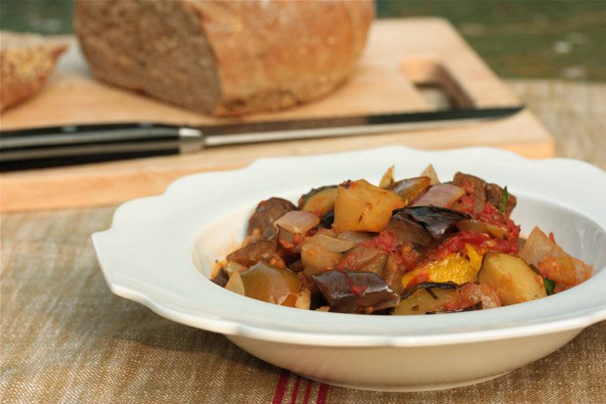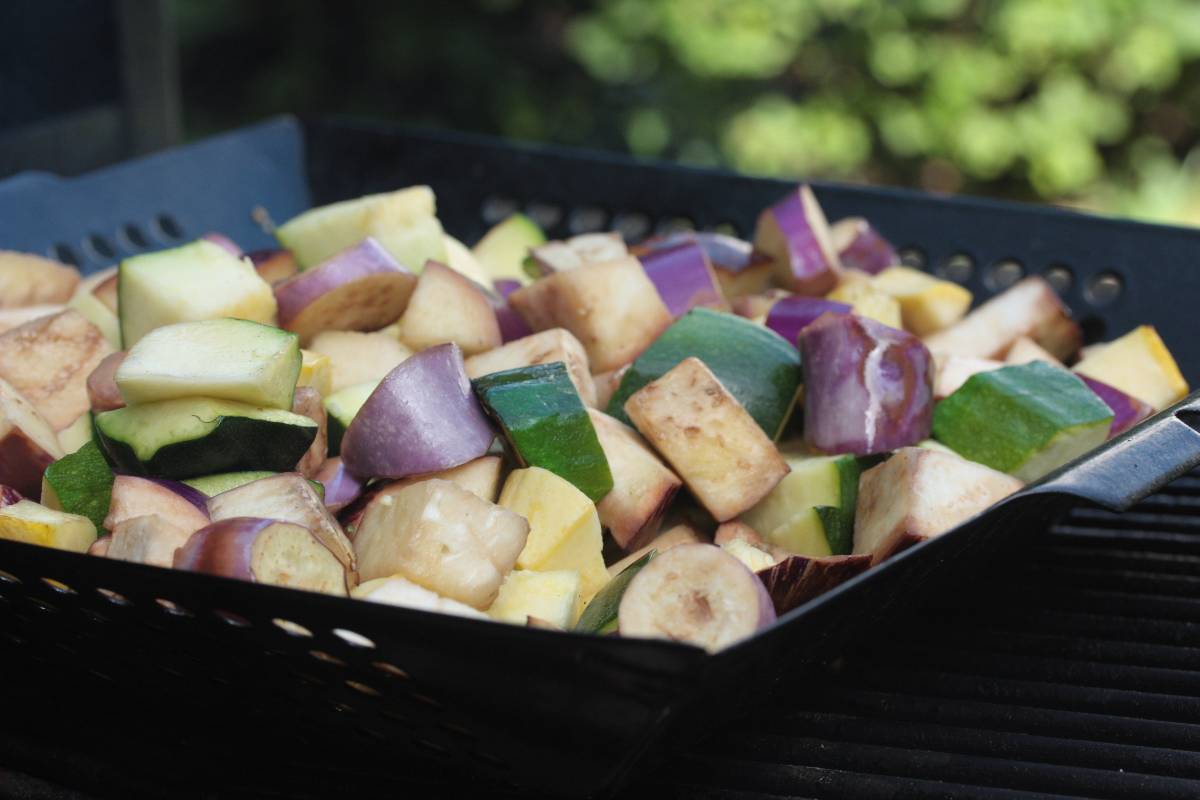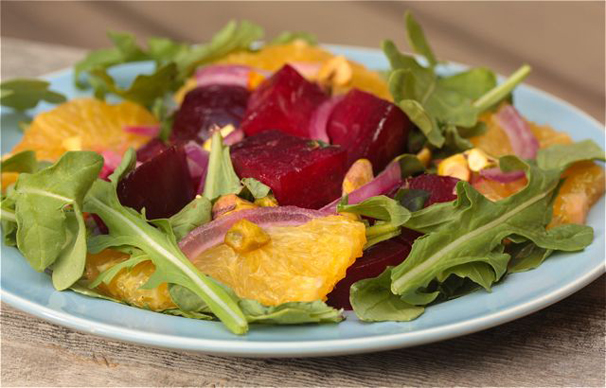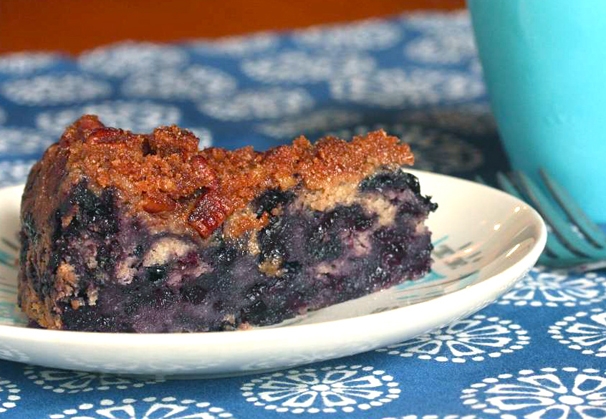Supermarket foods to avoid for heart health
 People concerned with heart health (or who are cooking for me!) often ask me about which foods to avoid. So it seems like high time for my personal list of top 10 foods to stay away from. I’m not including obvious things like heavy cream, cheesecake or bacon. Instead, my list includes common supermarket foods that many people buy without considering the health consequences. I know I did, before a 90% blocked artery quite literally stopped me in my tracks.
People concerned with heart health (or who are cooking for me!) often ask me about which foods to avoid. So it seems like high time for my personal list of top 10 foods to stay away from. I’m not including obvious things like heavy cream, cheesecake or bacon. Instead, my list includes common supermarket foods that many people buy without considering the health consequences. I know I did, before a 90% blocked artery quite literally stopped me in my tracks.
10 Supermarket Foods to Avoid for Heart Health
1. Packaged baked goods. Trans fats should top your banned food list, and many cookies, cakes, pie crusts – and even flour tortillas – are made with partially hydrogenated oil. And don’t let a “0 grams trans fat” label fool you – those products can still legally contain up to a half gram of trans fat, or may be made with palm oil (high in saturated fat) or soybean oil (too high in Omega-6 fatty acids.)
2. Margarine and vegetable shortening. Most butter substitutes contain trans fats, and the more “natural” types contain palm oil. You can find many recipes on this blog for baked goods and desserts made with heart-healthy oils. And for your toast, try some high-quality extra virgin olive oil, almond butter or just a touch of jam.
3. Non-baked tortilla chips. People are often misled by chips with natural sounding names. No matter what kind of oil your chips are cooked in, fried is fried. Instead, buy baked chips like Guiltless Gourmet brand, or better yet, cut up fresh corn tortillas and bake your own.
4. Frozen entrees. These highly processed foods represent some of the most unhealthy choices in the supermarket aisles. Even most of the vegan and organic ones are laden with salt and fat – like Amy’s Macaroni and Non-Dairy Cheeze, with 22 grams of fat. Make Fat Free Vegan’s lowfat version instead
5. Soda and other sweetened drinks. Whether sweetened with high fructose corn syrup or real sugar, most bottled drinks are just empty calories that contribute to weight gain. Why not stick to water and save your sugar quota for an occasional homemade treat?
6. White bread and white pasta. Refined flours are quick-digesting carbs that raise your blood sugar – and that’s not a good thing for your heart or weight. With lots of whole grain pasta choices on the shelves, and with all the delicious 100% whole grain artisan breads available these days, it’s easy to make the switch.
7. Standard supermarket meat. Corn-fed factory meat has a higher risk of e. coli, likely contains growth hormones and has more fat and fewer Omega-3 fatty acids than organic chicken and grass-fed beef. If you’re a meat eater, seek out the good stuff – it tastes better, too.
8. Energy and granola bars. I’m always amazed to see people pick up bars based on a cool label, without reading the nutritional information. Most are far too high in sugar and saturated fat, and contain little nutritional value. Read the labels carefully and avoid any bars made with high fructose corn syrup or partially hydrogenated oils. Chose bars with more than 2 grams of fiber, fewer than 1 gram of saturated fat, and under 10 grams of sugar. Or skip the bars and get your energy from an apple and some almonds.
9. Bottled salad dressings. These are generally made from unhealthy oils like soybean, and are loaded with sugar and sodium (fat-free dressings are the worst offenders when it comes to sugar). So pour on some extra virgin olive oil and vinegar instead – your salad and your heart will be better off.
10. Tilapia. I saved the most surprising one for last. Tilapia is very low in Omega-3 fatty acids, and very high in Omega-6. As I explained in my last Nutrition Tip, that’s not the balance you want – so go for a healthier fish choice like salmon, sardines or trout.
Uber-important disclaimer: I am not a nutritionist or health professional. My dietary advice is based on my own research and personal experience with heart disease. The information on this blog is not intended to treat or diagnose. Please consult your doctor or a nutritionist if you have any questions about dietary issues. Thanks.

